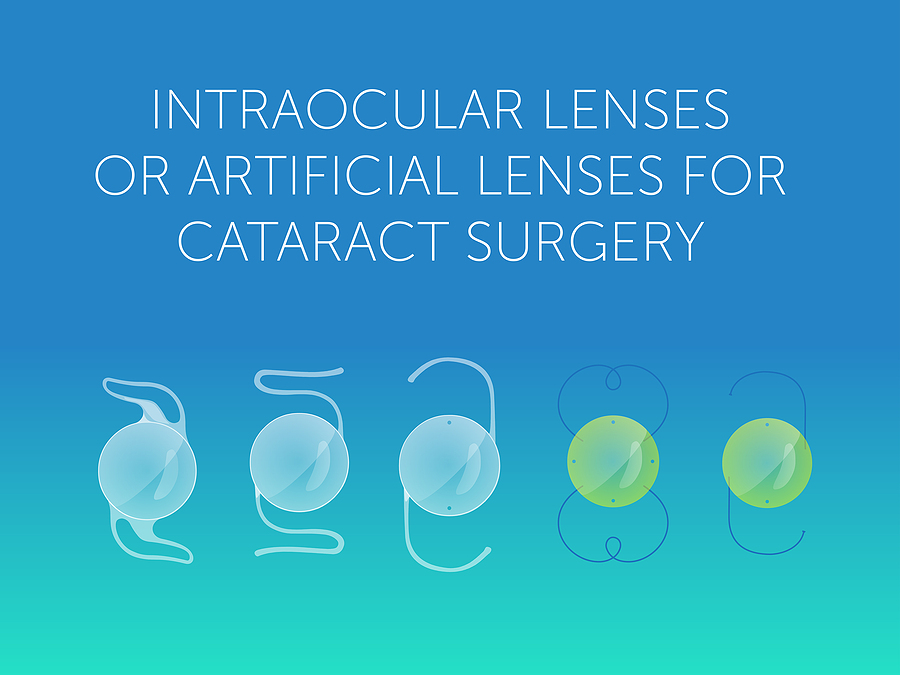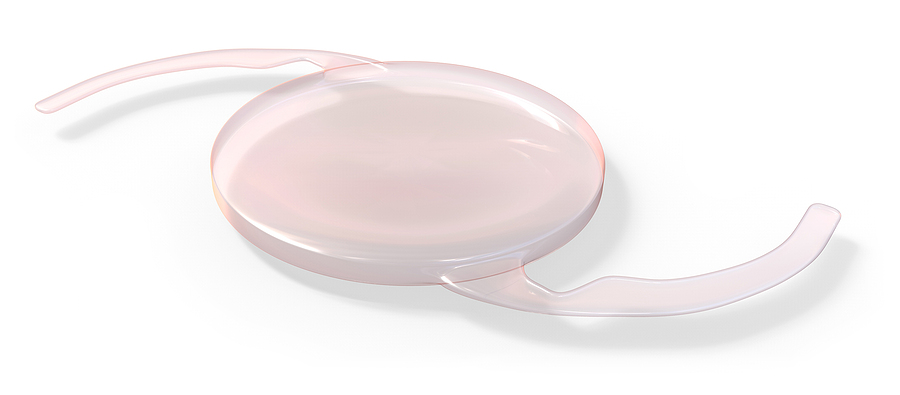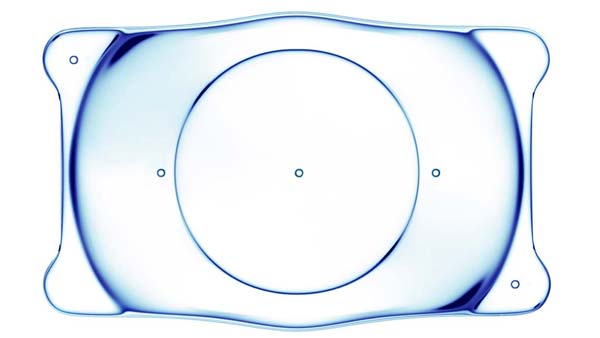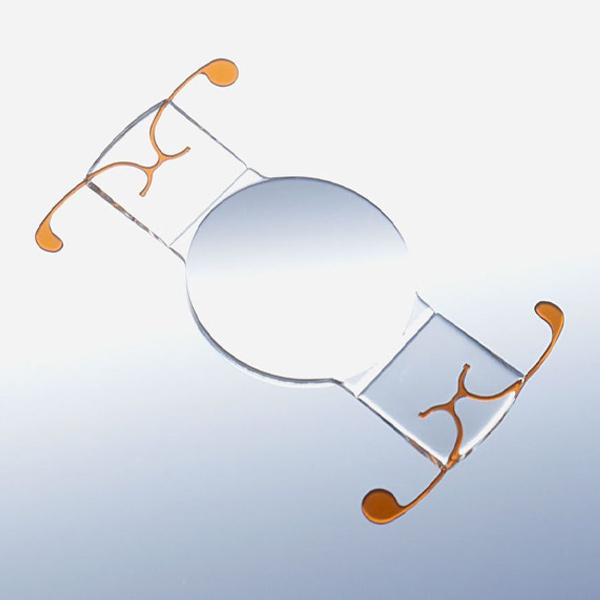Lens Implant Surgery in New Jersey
Several intriguing alternatives to laser vision correction surgery have been developed, implemented, or tested in clinical trials in recent years. Once the safety profiles for the new advanced intraocular lenses have been established, we continue to offer them to our patients. Therefore, if you are contemplating lens implant surgery in New Jersey, you need look no further than Dr. Kenneth S. Miller and the friendly and knowledgeable staff at Laser Vision Correction Center of New Jersey.


Clear Lens Exchange (CLE)
Due to their significant refractive error, many individuals with extreme nearsightedness or farsightedness are not ideal candidates for laser vision correction. Clear Lens Exchange (CLE) may be an excellent option for these patients. During the surgery, the surgeon replaces the eye's natural crystalline lens with an artificial intraocular lens (IOL). The CLE procedure has been conducted on cataract patients with outstanding results for decades.
Patients contemplating lens implant surgery such as CLE should be informed that a single vision (conventional) intraocular lens implant would lessen, but not eliminate, their requirement for glasses. As a result of the removal and replacement of the eye's natural lens with an artificial lens of fixed focal length, the eye will lose its natural capacity to accommodate or alter focus between close and far objects. Patients who undergo CLE and receive a single vision implant will continue to need reading glasses for close work. CLE with a single vision implant can be an excellent option for individuals with extremely high levels of refractive error, particularly those over 50 who have already lost the majority of their natural ability to focus at close range. Additionally, monovision (see FAQ for additional information on monovision) can be used in conjunction with CLE to enable far and near vision without the need for glasses.
After CLE, multifocal intraocular lens implants approved by the FDA in 2006 can restore distance vision and the ability to read without glasses! Multifocal implants are now available and are the implant of choice for CLE patients. Please contact us to schedule a multifocal intraocular lens consultation.
Intraocular Contact Lenses (ICL)
Intraocular Contact Lenses (ICLs), also known as implanted contact lenses or Phakic Intraocular Lenses, were approved in 2004. They are a promising new method that has the potential to correct a considerably broader range of refractive faults than lasers. Without removing the eye's natural lens, an ICL involves the implantation of an artificial lens in front of or directly behind the iris. Only the anterior (in front of the iris) ICL has been approved at this time.
Compared to CLE, this type of implantation offers numerous unique advantages. First, because the natural lens is not removed, the eye's capacity to accommodate is preserved (change focus). Moreover, while the ICL is a permanent treatment, it can be replaced if necessary with a lens of a different power to accommodate changes in the patient's refractive error.
Regardless of the patient's refractive error or corneal state, implantable contact lenses offer clear vision for all individuals. Currently, numerous ICLs are undergoing clinical trials in anticipation of FDA clearance. If they prove to be as effective as current refractive techniques and meet high safety standards, ophthalmologists are anticipated to adopt them broadly. We anticipate offering this potential new medication as soon as its long-term safety profile is approved.


Accommodating Intraocular Lenses
Accommodating IOLs are a technological breakthrough in the field of implanted lenses. These new "flexible" lenses permit the eye to continue to adapt, or shift focus between near and far objects, even after the natural lens has been removed.
Currently, accommodating IOLs are placed utilizing the same surgical approach as cataract surgery and CLE. In contrast to current procedures, the power of this IOL would be adjusted by the eye's ciliary muscles, which govern the shape of the lens by relaxing or contracting. This would allow the artificial lens to change focus and function similarly to a natural lens.


